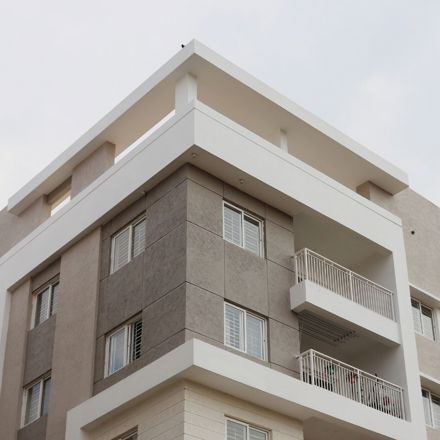For any body corporate, effective maintenance and asset management are essential to preserving property value, ensuring safety, and creating a comfortable environment for residents.
Below, we explore why regular building inspections and maintenance schedules are critical, how to prioritise and fund major capital works, and a handy seasonal checklist to keep your property in top condition.
Why Regular Inspections and Maintenance Matter
Regular building inspections and maintenance schedules are the foundation of proactive asset management. They allow bodies corporate to:
- Identify issues early: Addressing minor problems promptly prevents them from becoming costly repairs.
- Ensure compliance: Meeting building standards and safety regulations protects residents and minimises liability.
- Preserve property value: Well-maintained properties are more attractive to current and potential owners.
- Enhance community well-being: A well-kept property fosters pride and satisfaction among residents.
By scheduling regular inspections, you can stay ahead of potential issues, such as water leaks, wear and tear, and weather-related damage.
Prioritising and Funding Major Capital Works
Major capital works, such as roof replacements or façade upgrades, can be daunting. However, careful planning and prioritisation ensure these projects run smoothly:
- Assess urgency: Determine which works are essential for safety, compliance, or to prevent further deterioration.
- Consider impact: Evaluate the consequences of delaying works, such as rising repair costs or increased safety risks.
- Plan strategically: Schedule works to minimise disruption to residents and align with budget availability.
Funding major works requires a proactive approach. Ensure your sinking fund (long-term maintenance fund) is adequately provisioned to cover anticipated costs. Engage a qualified quantity surveyor or asset planner to prepare a Long-Term Maintenance Plan (LTMP) for your property. This plan will help you forecast and allocate funds effectively over the life of the building.
Seasonal Maintenance Checklist
Keeping your property in top shape requires attention throughout the year. Here’s a seasonal maintenance checklist to help guide your efforts:
Spring
- Clean gutters and downpipes to ensure proper water flow.
- Check external walls or paths caused by winter weather.
- Inspect the roof for loose or damaged tiles.
- Test irrigation systems and prepare gardens for warmer weather.
Summer
- Inspect air conditioning systems to ensure efficient cooling.
- Review pool areas and equipment for cleanliness and functionality.
- Conduct pest control to prevent infestations.
- Check outdoor lighting and replace faulty fixtures.
Autumn
- Inspect and repair weather seals on doors and windows to prepare for winter.
- Prune overhanging trees to reduce the risk of storm damage.
- Test fire alarms and smoke detectors for functionality.
- Clear gutters of falling leaves to avoid blockages.
Winter
- Inspect heating systems to ensure optimal performance.
- Check for dampness or leaks in basements and common areas.
- Conduct a safety review of staircases, handrails, and outdoor paths for slip hazards.
- Review emergency lighting and backup power systems.
Get Ahead with Proactive Management
By adopting a proactive approach to maintenance and asset management, your body corporate can reduce long-term costs, improve safety, and maintain the aesthetic and financial value of your property.
If you’re looking for a body corporate manager who can guide you in ensuring your budgets are fit for purpose and include provisions for essential maintenance and long-term planning, give us a call on 04 619 1000.
We’re here to help you achieve a well-maintained and thriving property.




